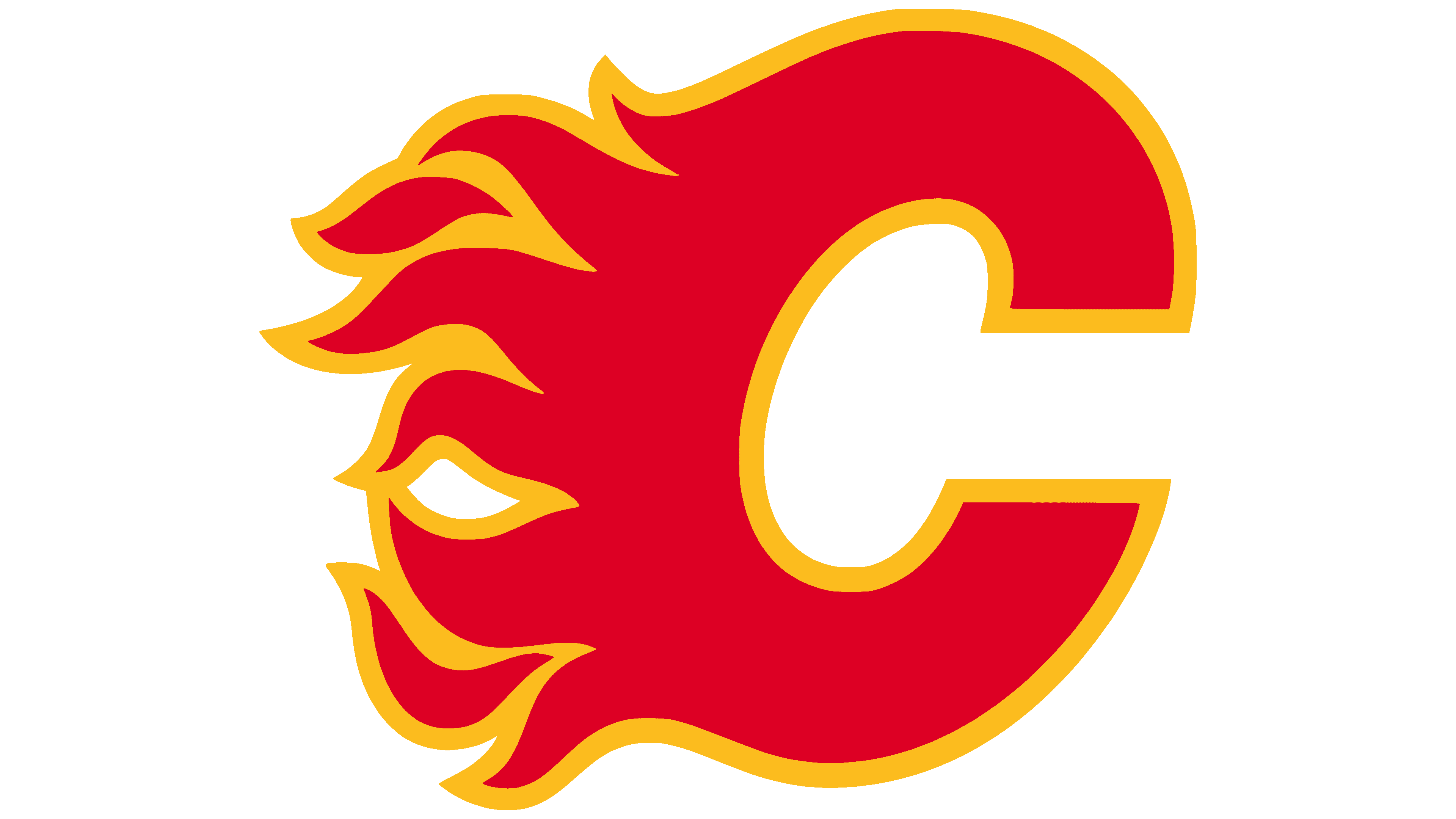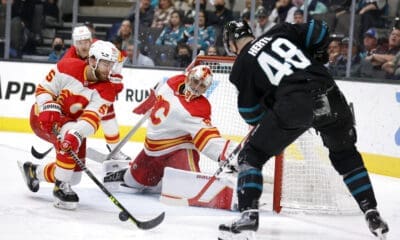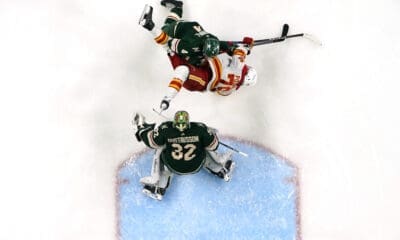Calgary Flames
Assessing the Flames top 6 – why Bourque isn’t a shoe-in

Ask any number of Flames fan to produce a mock line-up right now and one of the few constants would be Rene Bourque at the top end of the roster. Often alongside Jarome Iginla on the first line, in fact.
His inclusion there makes some sense. He was probably the best Flame forward at ES last season, even though he played the toughest competition. He was on pace for 30 goals before he was injured and he almost never played on the PP. He was also the only Flame to manage more than 3 ES points per 60 minutes of ice and he led the club in plus/minus.
Bourque was a revelation last year to be certain. But not so fast. There some indications that his outburst under Keenan won't be repeated this coming season:
1.) His SH% of 14.1 was well above his prior career average of about 9%. Doesn't sound like much, but over the 149 shots he fired on net, a 9% rate = 13 goals rather than 20. There's a good chance we'll see him regress to the mean this coming season in this regard.
2.) He was touched by the gods in terms of percentages. He was the only regular skater to have an on-ice SH% greater than 10 (11.5). He was also gifted with a better than team average on-ice SV% (92.4). Altogether, his team leading PDO of 103.7 points to a lot of puck luck which is unlikely to be replicated.
On top of all that, none of Bourque's other underlying numbers indicate he was the juggernaut his ESP/60 rate suggests. For example, his 8.0 corsi/60 rate was middling on the Flames, well behind guys like Moss, Glencross, Langkow and Conroy.
None of this is to say Bourque is bad or simply a benefactor of chance: he's fast, tencious, a hard checker and is good at winning puck possession along the boards. He consistently played against good quality competition last year and all his stats are in the black (if not necessairly team leading). What we can take from all this is probably two things:
Bourque can play against tough competition and be expected to keep his head above water.
And…
There's a good chance his offensive accomplishments from the past season are wind assisted; not completely genuine; a rare event; an outlier. Penciling him in on the Flames top offensive unit based on these results is probably foolhardy.
When Sutter acquired Bourque last summer, I figured he'd fill a third line checker/shut-down type role and I think that may be where he mostly naturally slots in on Brent Sutter's Flames. To wit –
With the addition of Dawes and (probable) retention of Dustin Boyd, the Flames have a litany of young, high potential forwards that may be able to produce some decent numbers, but only in favorable surroundings. That means: good linemates, offensive zone draws and some PP time. Combining, say, Bourque, Conroy and Glencross on a single shut-down unit would allow for the sheltering of other forward lines, all of which are likely to have a defensive liability or two on them. For example:
Dawes-Langkow-Iginla
Boyd-Jokinen-Moss
Glencross-Conroy-Bourque
Nystrom-Prust-Sjostrom
McGrattan, etc.
Play Regehr behind Conroy as much as possible and you have a more than capable checking unit (assuming age hasn’t caught up to the old man yet). The second line would probably be the weakest trio in terms of defensive zone acumen, although having David Moss patrol the right side should certainly get the puck moving in the right direction.
This configuration closely mirrors the strategy that won the Ducks the cup a couple of years ago: shut down unit (Pahlsson et al), primary veteran scoring line (McDonald, Selanne) and a secondary attack to beat up on the lesser lights (Getzlaf, Perry). It’s possible the Flames could duplicate that plan of attack, but only if Bourque is played in a shut-down (rather than scoring) role. Chances are he’ll be more suited for that assignment anyways when pucks start bouncing the other way.
by Kent Wilson









